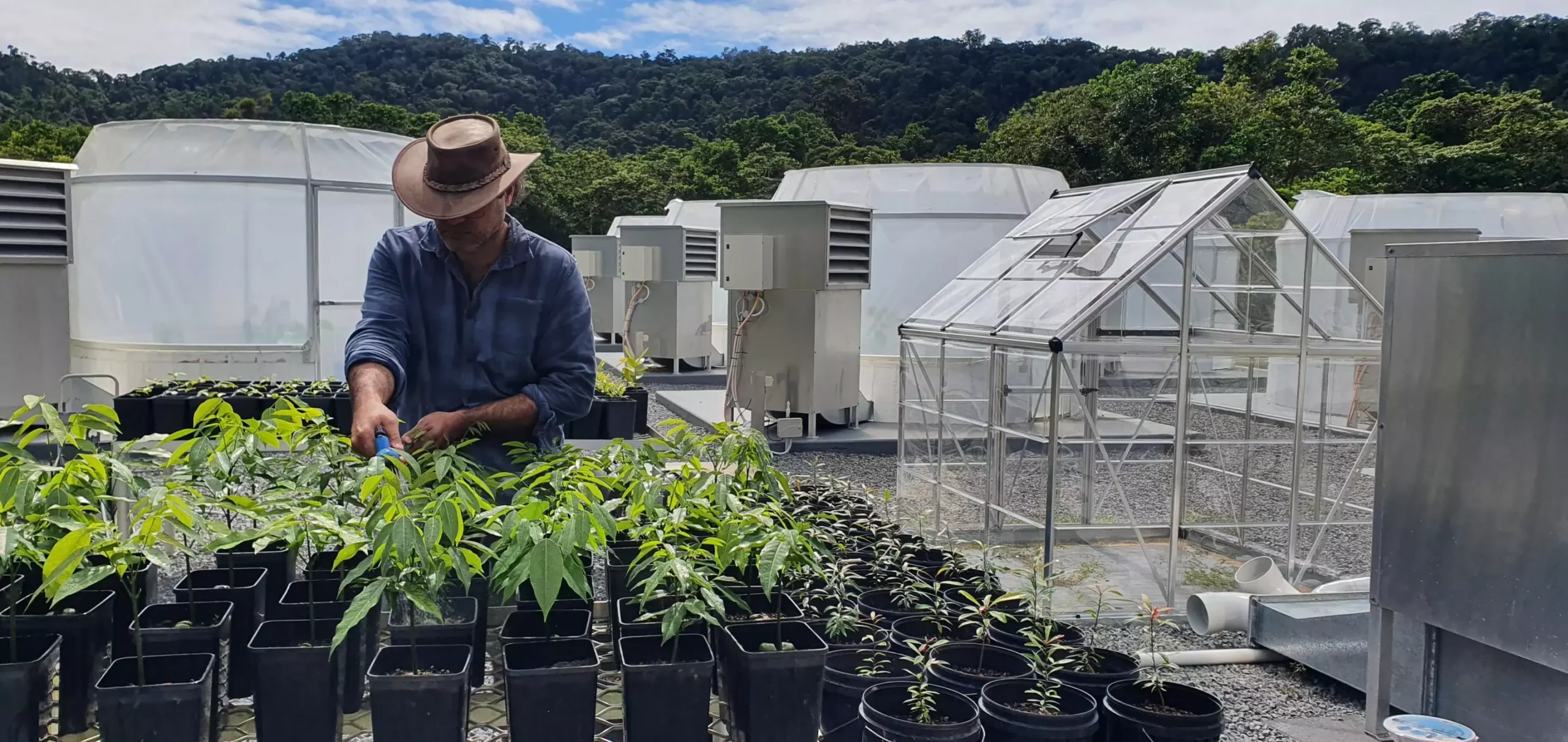Ozone is a unique gas with both beneficial and harmful properties. While the ozone layer in the stratosphere acts as a protective barrier against harmful ultraviolet radiation, ground-level ozone—a byproduct of industrial activities and pollution—poses a severe threat to ecosystems. Recent studies reveal that this lower atmospheric ozone is particularly detrimental to tropical forests, curtailing their growth and thereby their ability to sequester carbon dioxide. This dual nature of ozone illustrates the complexity of environmental issues: while our efforts to combat UV radiation have seen success, we now face the adverse effects of ground-level ozone as a significant environmental challenge.
Research published in *Nature Geoscience* highlights the scale of the problem, estimating that ground-level ozone reduces the annual growth of tropical forests by an alarming average of 5.1%. In certain regions, particularly in Asia, the impact is even more pronounced, with new growth decreased by a staggering 10.9%. Such significant reductions in growth could translate to an estimated loss of 290 million tonnes of carbon being uncaptured each year. This lack of carbon sequestration exacerbates the ongoing climate crisis by allowing more greenhouse gases to linger in the atmosphere, contributing to global warming.
Tropical forests are often regarded as essential carbon sinks; they play an integral role in absorbing atmospheric carbon dioxide, thus mitigating climate change. Dr. Alexander Cheesman, co-lead author of the study, emphasizes this point, noting that the ongoing air pollution, specifically from ozone, jeopardizes these critical ecosystems. The cumulative effects of ozone-related growth declines signify a 17% reduction in carbon removal by tropical forests since the start of the century—a staggering number that illustrates the dire need for environmental policies aimed at reducing air pollution.
The detrimental effects of ground-level ozone can be traced back to various anthropogenic activities such as urbanization, industrialization, and fossil fuel combustion. These processes release “precursor” chemicals, including nitrogen oxides, into the atmosphere. As global temperatures rise, it is projected that the concentrations of these ozone-forming chemicals will further elevate, exacerbating the issue. Dr. Flossie Brown, another lead author on the study, notes that areas earmarked for forest restoration efforts will be disproportionately affected by heightened ozone levels, which poses a significant barrier to climate change mitigation strategies.
The findings of this research call for immediate action. While efforts have been made to safeguard our ozone layers, the implications of ground-level ozone pollution highlight a new avenue for environmental safeguarding. To sustain tropical forests and ensure they continue to act as vital carbon sinks, we must address the sources of ground-level ozone. In doing so, not only do we safeguard global ecosystems, but we also protect human health from the adverse effects of this insidious environmental danger. The urgency for comprehensive environmental policy geared toward reducing air pollution has never been more pronounced.


Leave a Reply